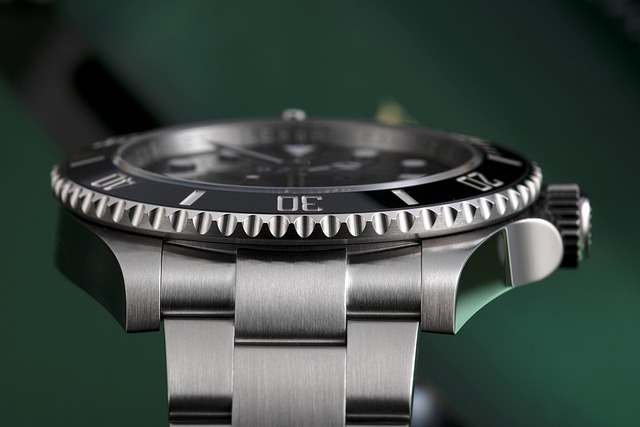Design proportion: aligning width and profile with hand and wrist dimensions
Designing bracelets that feel balanced requires more than aesthetics: proportion, width, and profile must match the wearer’s hand and wrist dimensions to achieve comfort, function, and visual harmony. This article outlines sizing strategies, material choices, closure types, maintenance considerations, and sustainable packaging to help creators and buyers evaluate wristwear thoughtfully.

When a bracelet sits well it enhances the hand rather than overwhelms it. Proportion is a practical design decision driven by wrist circumference, hand size, and the intended visual weight of the piece. Consider both anatomical fit and optical balance: a narrow wrist typically calls for slimmer profiles and smaller beads, while broader wrists can carry wider bands or chunkier metal profiles. Comfort, everyday wearability, and the wearer’s style preferences should guide how width and profile are matched to individual proportions.
Wristwear sizing basics
Sizing begins by measuring wrist circumference at the narrowest point and considering how the piece will sit—snug, relaxed, or draped. Add 10–20 mm for a relaxed fit on a typical adult wrist; smaller increments suit children or slim wrists. Width affects perceived tightness: a very wide cuff limits movement and can feel tighter than a strip of the same length. Keep sizing flexible when using closed profiles by incorporating adjustment features or multiple sizing options so that fit accommodates natural wrist movement and seasonal changes in swelling.
How closures affect fit and comfort
Closures determine how a bracelet behaves on the wrist. Clasps and fastenings (lobster, toggle, magnetic, slide knots) change perceived security and ease of wear. Bulkier closures add to the profile and can shift the center of gravity, so their size must be balanced against the band width. Adjustable closures help bridge small sizing differences and reduce the need for precise length matching. For hypoallergenic concerns, choose closures made of inert metals or coated finishes to avoid skin reactions.
Materials: leather, metal, and beads
Material choice strongly influences profile and perceived width. Leather bands tend to sit flatter and can be layered without adding excessive bulk; they compress with wear and adapt to the wrist. Metal bracelets (solid or hollow) retain shape and introduce visual weight; their edges and thickness should be smoothed to avoid digging into the skin. Beaded pieces create variable profiles depending on bead diameter and spacer use—smaller beads produce a subtler line, while larger beads read as wider wristwear. Consider how each material behaves over time when choosing proportions.
Engraving, hypoallergenic options, and detailing
Surface details like engraving or applied textures alter perceived width by catching light and drawing the eye. Deep engraving on a narrow band can make it appear broader; conversely, subtle surface patterns refine a broad cuff. For sensitive skin, specify hypoallergenic materials—surgical stainless steel, titanium, niobium, or gold alloys with low nickel content—and avoid plating that wears through to reactive bases. Detailing must respect functional limits: delicate engraving on very thin profiles can weaken structure, so match decoration techniques to material thickness and strength.
Maintenance, repair, and long-term wear
Profile and width choices influence maintenance needs: textured or highly polished metal profiles show scratches differently, while leather demands conditioning to stay supple. Simpler profiles often mean easier repair—plain metal bands can be resized or re-polished, while complex multi-strand beaded pieces may require specialized repair services. Design for disassembly when possible so components like closures, beads, or charms can be replaced without compromising the whole piece. Clear maintenance guidance in packaging preserves fit and finish over time.
Stacking approaches, packaging, and sustainability
When designing for stacking, plan relative widths and profiles so layers sit comfortably. Pair a narrow, low-profile bracelet with a wider cuff to avoid bulk and allow finger mobility. Packaging should protect shapes—molded inserts or soft rolls maintain profile integrity during shipping and storage. Consider sustainable choices: recycled metals, responsibly sourced leather or plant-based alternatives, and minimal recyclable packaging reduce environmental impact. Durable, repairable designs encourage longer use and align with sustainable practices in local services and supply chains.
Conclusion
Aligning bracelet width and profile with hand and wrist dimensions is a balance of ergonomics, aesthetics, and material behavior. Thoughtful sizing, compatible closures, suitable materials, clear maintenance guidance, and attention to stacking and sustainability help create wristwear that is comfortable, durable, and visually harmonious across diverse wearers.






